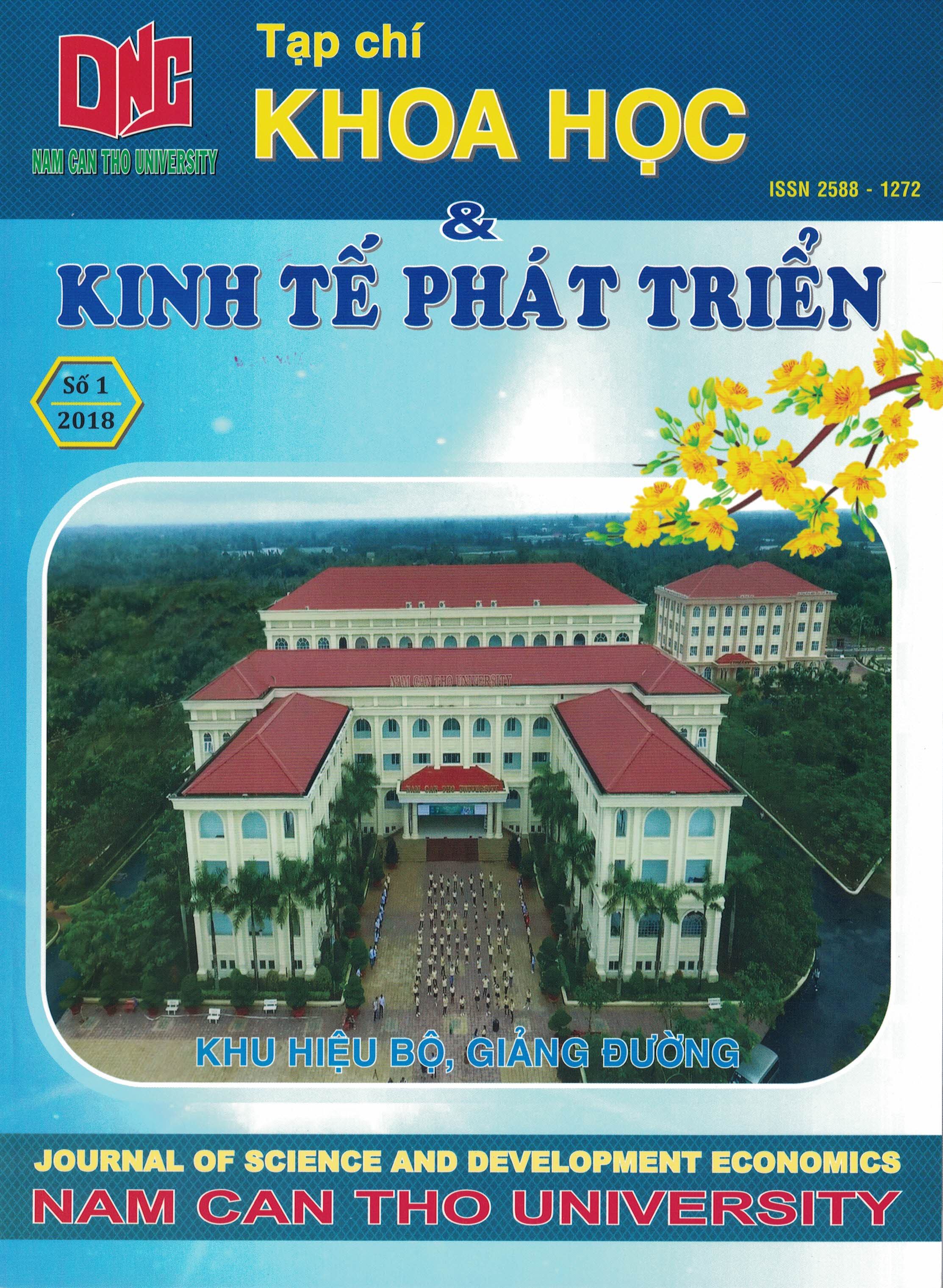Ứng dụng kỹ thuật chiếu xạ chùm tia điện tử kết hợp một số kỹ thuật hóa sinh để cải thiện và nâng cao hiệu suất sản xuất cồn sinh học từ rơm rạ
Keywords:
Agricultural wastes, Biochemistry Techniques, bioethanol, bioethanol production, lignocellulose, radiation technique, rice straw, saccharification, Trichoderma sppAbstract
Nowadays, the biofuel has gained increasing use as an alternative to scarce fossil fuel in order to contribute to energy’ conservation and environment protection. Besides, as an agricultural country, Vietnam has abundance of agricultural waste containing rich cellulose and lignocellulose which can be used for bioethanol production. Therefore, the research of bioethanol production from rice straw has gained increasing attention. This paper introduces preliminary results of the research of the application of combined electron beam (EB) irradiation technique with biochemical technology to improve the conversion efficiency of cellulose and lignocellulose from rice straw into bioethanol. In the research process, straw was firstly pre-treated using Eli irradiation technique, then hydrolyzed by sulfuric acid continuingly hydrolyzed by Trichoderma spp., and finally fermented by Saccharomyces cerevisiae. Preliminary results showed that products after fermentation reaching 4% bio-ethanol (v/v) with 62% transformation efficiency. According to the research, it needs 6.9 kilograms of dried rice straw to produce one liter of 100'% bio-ethanol. However, to produce in industrial large-scale and well compete against current fossil fuels price, this research should be continued improving the inversion process of polysaccharide from rice straw using the of the pretreatment of EB and other adaptive radiation sources, and isolating suitable microorganisms from natural sources as well to perform higher saccharification and bioethanol fermentation process.





